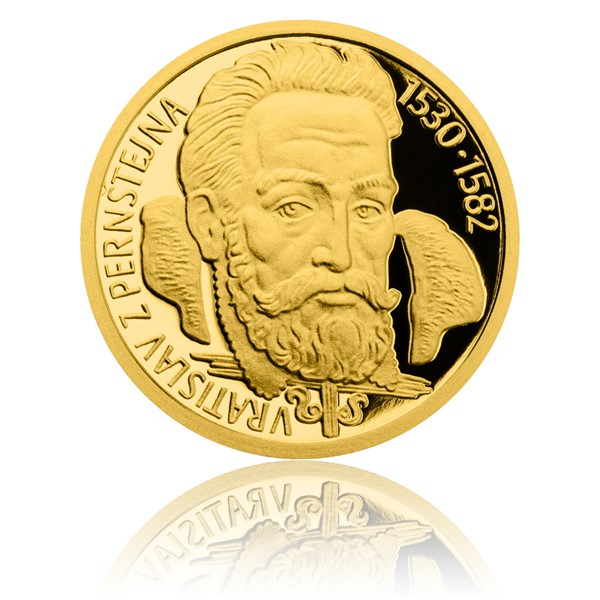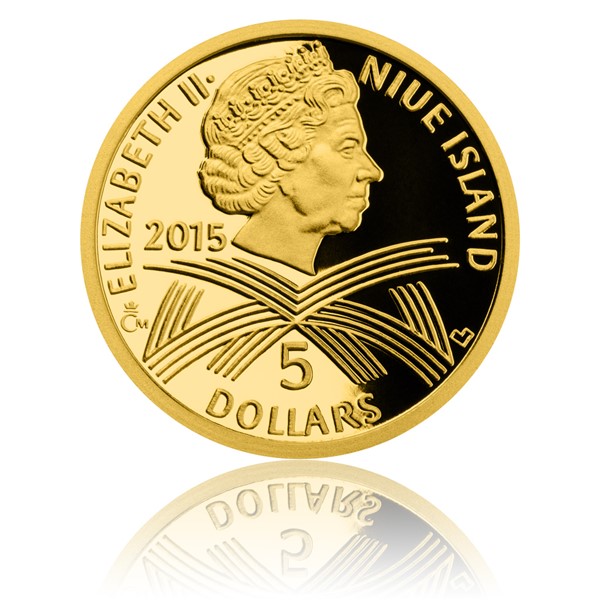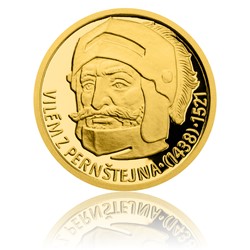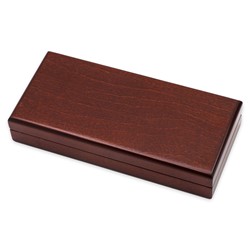Set of 4 gold coins Lords of Pernštejn noble family proof
Personal pickup at the store
Product description
The Pernštejns were at the turn of the 15th and 16th centuries one of the most powerful and at the same time one of the richest lineages in the country and always played an important role in the politics of the Kingdom of Bohemia. New luxury set of four gold coins 5 NZD high-proof quality is decicated to the great personalities of this famous family, whose coat of arms is decorated by a wisent`s head as a symbol of wisdom and valour.
The first written mention of the Lords of Pernštejn is from 13th century from the region of southern Moravia. Their admirable creative energy and determination was soon the cause of big influence on the development of the Kingdom and the exceptional fortune. A set of gold coins, in a limited edition of 500 pieces, whose motives are designed by academic sculptor Michal Vitanovský, presents four notable names of the great stock, who owned the estates in Moravia and Bohemia. Just in eastern Bohemia they had a major impact on the economy and landscaping – they founded a system of ponds and irrigation ditches, many of which still exist today. The Pernštejns also renowned for their longevity and fertility. Despite this fact, the stock died out on the spear side in 1631 and fifteen years later on the distaff side. Their heirs became the Lobkowiczs.
Exceptional artworks stored in a wooden etui not only offer us a wonderful excursion into history, but also a very promising investment for the future in the form of wisely saved financial reserves.
Set of four gold coins 5 NZD reminds us of these of the Pernštejns:
Vilém from Pernštejn and Helfštejn (1436 - 8th April, 1521) is considered one of the most prominent magnates, politicians and economists. He defended the interests of George of Poděbrady and later significantly promoted a Jagellons` claim to the Czech throne. He had three children with Johanka from Liblic - Bohunka, Jan and Vojtěch.
Jan IV fromPernštejn, called Rich (14th November, 1487 - 8th September, 1548) was, among other things, the leader of the Czech nobleman non-Catholic opposition. Several times he held the office of Moravian provincial governor, and between 1537-1548 he was in charge of the County of Kladsko. After a fire in Pardubice in 1538 he built a magnificent Renaissance city there.
Vratislav II from Pernštejn, called Beautiful (9th July, 1530 - 20th October , 1582 on the Danube near Linz) was a skillful diplomat and highest chancellor of the Bohemian kingdom. As a young man he became a partner of the future Emperor Maximilian II in Vienna. A strong frienedship was formed between the two noblemen and due to that fact, Vratislav was moving in very high circles. He was married to a Spanish noblewoman María Manrique de Lara y Mendoza, maid of honor of the future Empress Maria of Spain, who bore him 21 children. Vratislav was known for his generous support of the sciences and arts.
María Manrique de Lara y Mendoza (about 1538 - 16th February, 1608) in addition to its exceptional fertility she became famous for the statue, later known as the Infant Jesus of Prague, which she brought to the Czech Republic. She gave it to her daughter Polyxena as a wedding gift. She donated it later to the Carmelites in Prague.
 čeština
čeština
 slovenčina
slovenčina
 english
english





















